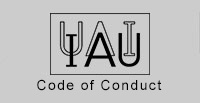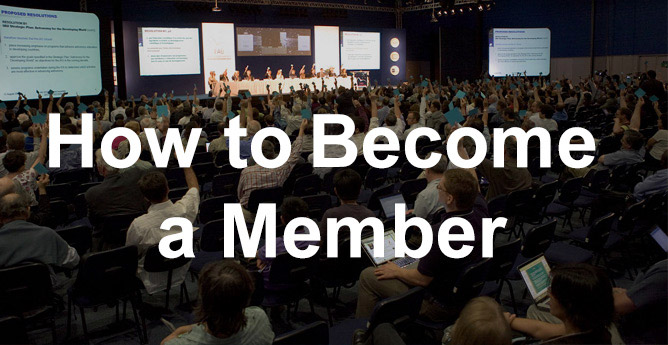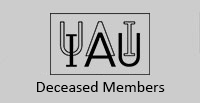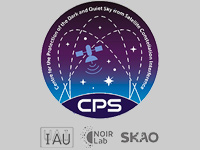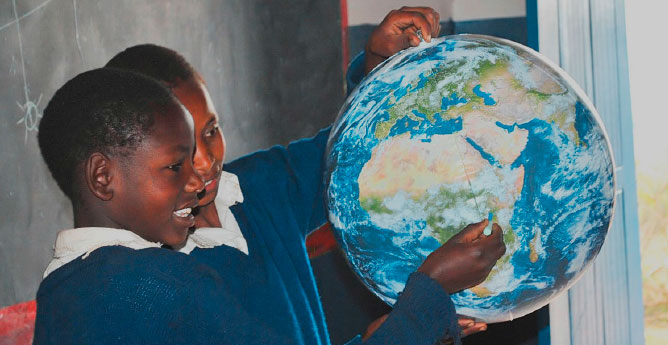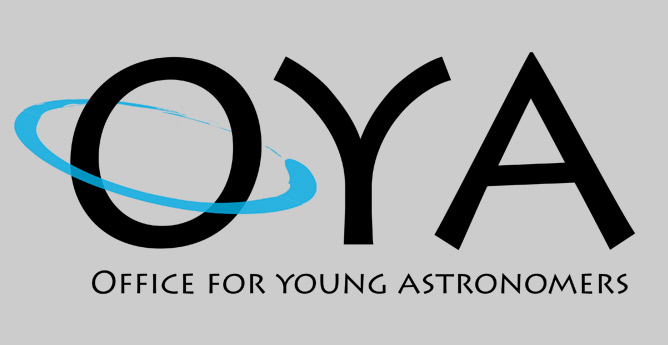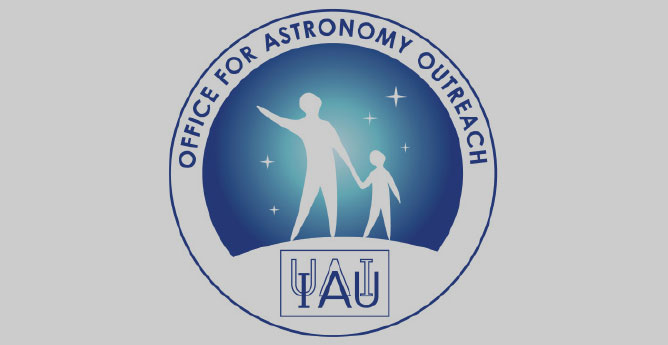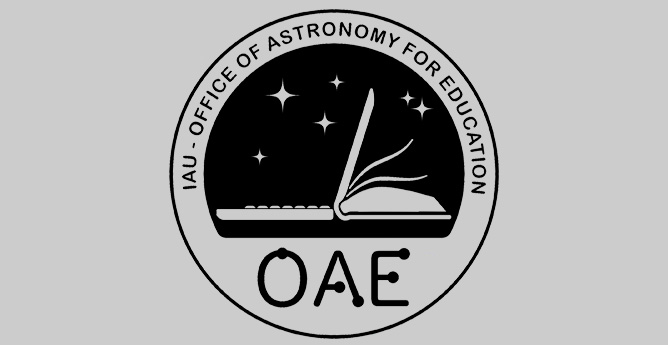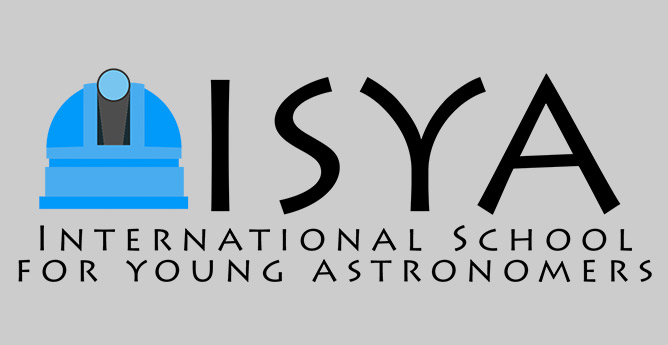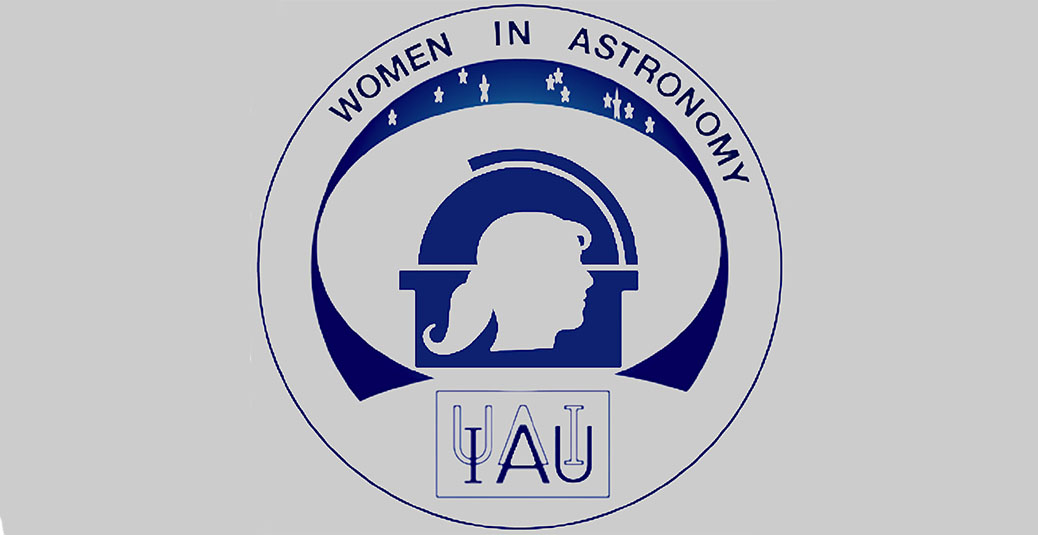The Division C Commission Presidents, in consultation with their Organizing Committees, may propose new Working Groups (WGs) for their Commissions at any time. This is done in accordance with the IAU Bye-Laws, which can be found in their entirety on the IAU website.
Bye-law 24 reads:
- 24. With the approval of the Division, a Commission may establish Working Groups to study well-defined scientific issues and report to the Commission. Unless specifically re-appointed by the same procedure, such Working Groups cease to exist at the next following General Assembly.
Working rule 40a is also relevant to this process:
- 40.a. Within the first year after a General Assembly – with a business meeting of the Division at the General Assembly itself as a natural starting point – the Steering Committee shall discuss with its Commissions, and within the Steering Committee itself, if changes in its Commission and Working Group structure may enable it to accomplish its mission better in the future. As a rule, Working Groups may be created (following the rules in Bye-Law 21 and Bye-Law 23) at any time for new activities that are either of a known, finite duration or are exploratory in nature. If experience, possibly from an existing Working Group, indicates that a major section of the Division’s activities require a coordinating body for a longer period (a decade or more), the creation of a new Commission may be in order (Statutes, § 22), and a corresponding Call for Proposals for Commissions considered.
There are several types of WGs:
- Commission WGs: belong within a single Commission
- Inter-Commission WGs: span one or more Commissions, which may not necessarily be within one Division
- Division WGs: within a single Division
- Inter-Division WGs: span one or more Divisions
Within Division C, an application for a Commission WG should be made to the Commission President. The Commission President should then discuss the proposal with the Commission Organizing Committee (OC) and, if recommended for approval, forward it (with any comments) to the Division C Steering Committee for final approval.
Proposals for Inter-Commission WGs involving only Division C Commissions should go to the relevant Commission Presidents and should be discussed among their respective OCs before any recommendations for approval are forwarded to the Division C Steering Committee. Commission Presidents should set an earlier deadline to receive proposals so that they have time to discuss them with their OCs.
The deadline for submission of WG proposals to Commission Presidents is 1 February 2019
The deadline for Commission Presidents to forward proposal to the Division C Steering Committee is 1 March 2019.
Proposals should include the following information:
- The name of the WG
- The name of the proposed Chair
- The names of at least three WG members to serve on the OC (there may be more)
- A description of the work to be carried out, including objectives and goals, ways to involve a mix of people, and the expected product of the work
- The timescale for the work to be completed (some WGs may complete their work in three years; others may have a longer existence, but they still need to reapply after each triennium)
Criteria for evaluating WG proposals include:
- Alignment with the IAU’s 2020-2030 Strategic Plan, http://www.iau.org/static/education/strategicplan-2020-2030.pdf
- Alignment with Division C's goals, as specified by the Division C Description on the IAU website.
- Clarity of objectives and work plan
- Ways of involving good mix of people as appropriate (e.g. career stage, geographical distribution, gender and etc)
- WG activities should generally not overlap with those of the IAU Offices (OAO, OAE, OAD, OYA).
The following explanatory notes may be useful:
- Proposals should show evidence of the need for the relevant WG over and above research or other efforts already underway in the community and provide information about competing or collaborative projects endorsed by other bodies.
- Commission and Division Presidents and Vice-Presidents, and members of Steering and Oversight Committees cannot serve as WG chairs
- WGs should not be just one or two people, but a minimum of three. Sometimes they will be many more. A small WG doesn’t need to distinguish between an OC and members. A large one needs a small OC and perhaps dozens of members. The Division need not concern itself with such details, as the Commission presidents can ensure that their WGs are properly structured and have an OC if needed.
- If a WG ever became really big, it could in principle evolve into a new Commission after applying to the IAU Executive Committee, but this happens infrequently.
- Another reason for requesting the work summary is to be sure the work is not going to be completed in just a few months (in which case no need to form a WG) and to be sure that significant progress can be made in three years.
- If the application is to continue an existing WG, then the past work undertaken should be included in the application and the past outcomes achieved should be summarized.
- WG proposers might contact the appropriate Commission President(s) for advice prior to submitting their proposal.
Division C Steering Committee (2018-2021)



